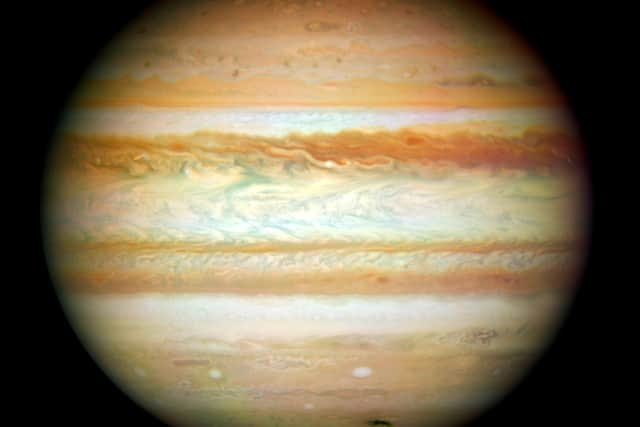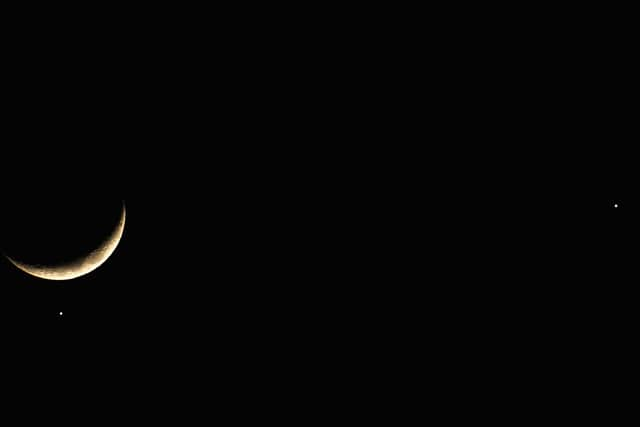How you can see Jupiter’s closest approach in Bristol and Met Office weather forecast for tonight’s spectacle
and live on Freeview channel 276
Sky-watchers in Bristolcan look forward to extraordinary views of Jupiter this week, according to space experts NASA, as the oldest planet in the solar system makes its closest approach to Earth for 59 years.
The gas giant is due to ‘reach opposition’ tonight (Monday, September 26) which is when, as Jupiter rises in the east, the sun is setting in the west - putting them at opposite sides of Earth.
Advertisement
Hide AdAdvertisement
Hide AdThis positioning will make the largest planet in the solar system appear bigger and brighter in the night sky.
Although the opposition occurs every 13 months, the planets do not orbit the sun in perfect circles, they pass each other at varying distances so it’s rare for Jupiter to be so near Earth.
How to see Jupiter’s close approach to Earth
According to NASA experts, the best spot for getting a good view of the celestial phenomenon is somewhere high, dark and dry.
When you have found your ideal vantage point, look to the eastern horizon around sunset and you should be able to see the planet with the naked eye.
Advertisement
Hide AdAdvertisement
Hide Ad

Not including the moon, Jupiter is likely to appear as the brightest object in the sky.
Research astrophysicist at NASA’s Marshall Space Flight Center, Adam Kobelski, said: “With good binoculars, the banding (at least the central band) and three or four of the Galilean satellites (moons) should be visible.
“It’s important to remember that Galileo observed these moons with 17th century optics. One of the key needs will be a stable mount for whatever system you use.”
For enhanced visibility though, Kobelski recommends using a four-inch telescope or bigger, with filters in the green to blue range. This would mean you can see things such as Jupiter’s Great Red Spot and the bands in more detail.
Advertisement
Hide AdAdvertisement
Hide AdWhen can you see Jupiter at its closest?
Although Monday (September 26) will see Jupiter’s approach at its peak, the days surrounding that date will also show the planet at close quarters too.
So if you are unable to go out stargazing tonight, or the weather doesn’t allow for good visibility, you should still get a good view for the rest of the week.


Met Office forecast for Bristol during Jupiter’s approach
Although there could be a few showers overnight (Monday, September 26) these will most likely happen towards the coast and it will be drier inland with ‘largely clear skies’ - perfect for planet spotting.
Be sure to wrap up warm if you’re off to see Jupiter tonight though, as temperatures could plummet as low as 7 °C.
Comment Guidelines
National World encourages reader discussion on our stories. User feedback, insights and back-and-forth exchanges add a rich layer of context to reporting. Please review our Community Guidelines before commenting.
